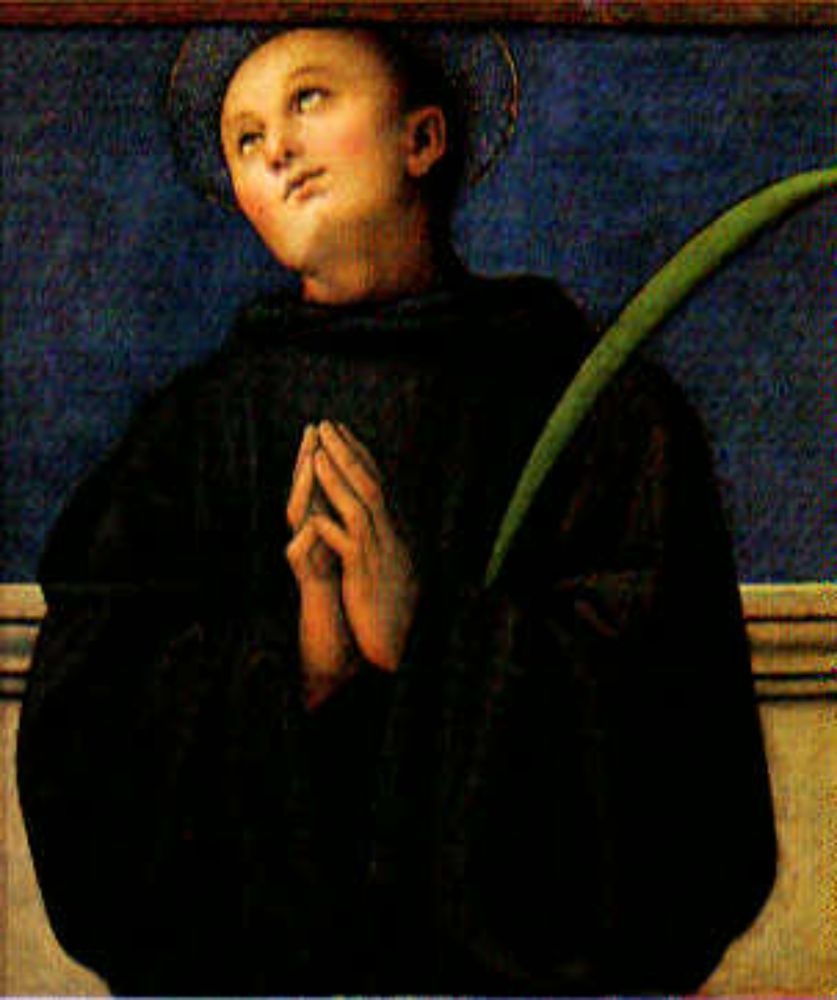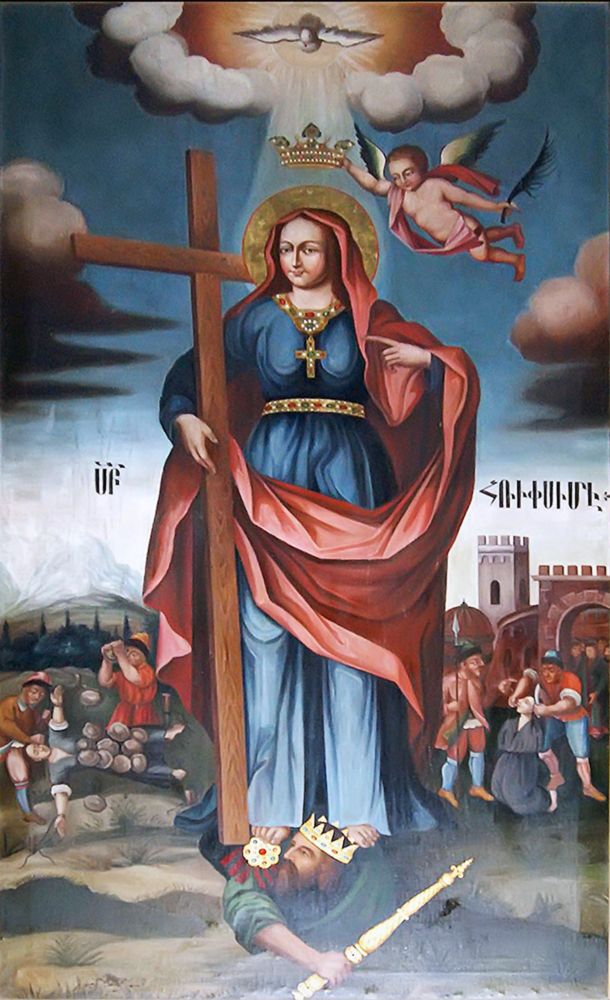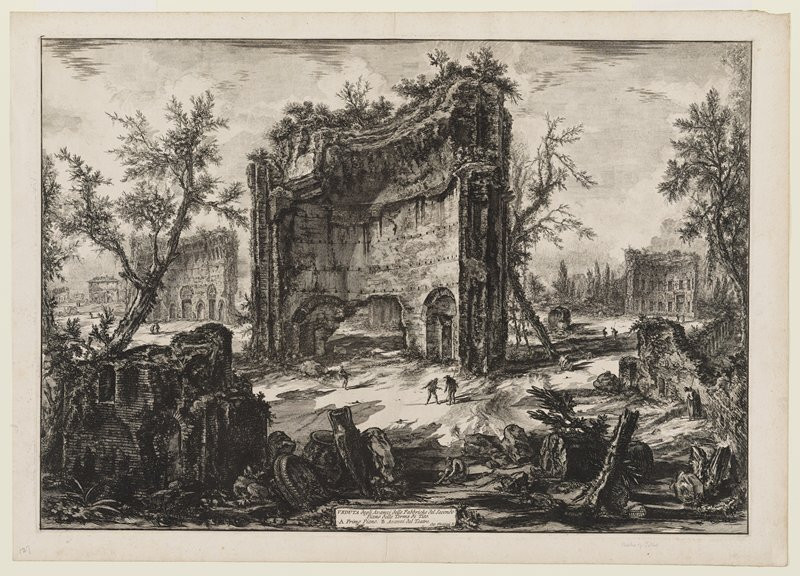-Emperor "Diocles" Diocletian, on being faced with the unwieldy nature of the Roman polity
At least when Diocletian retired to become a farmer it was very clear that ruling Rome had been a thing he put up with and growing cabbages was his actual special interest.
The feast of Placidius, who was martyred with up to 30 others by pirates at Messina or under Diocletian, is held #OnThisDay

If we get a Diocletian in there we can keep this whole empire lurching forward for another 200 years but Zuck strikes me as a "set Rome on fire and make the taxpayers rebuild it more to my liking" kind of guy.
Yup! Same Diocletian
That looks fantastic, if I had kids I’d totally buy them this. By the way, is that the same Diocletian who had those massive digs in Split?
The Catholic feast of Hripsime, a Roman martyred in Armenia on the order of Diocletian in 290, is held #OnThisDay

The problem is that starting in 235, Rome enters the Crisis of the Third Century (235-284), a period of unrelenting disruption and civil war. Rome is stabilized by the reigns of Diocletian (r. 284-305) and Constantine (r. 306-337), but in a weakened form. 17/
There are apparently huge tables in the diocletian tax reforms that specify what specific kinds of in-kind amounts each sort of agricultural property has to provide and then had legions of administrators to figure out how to take the bazillion different things it took to raise an army by item
The Baths of Trajan (Erroneously Called the Baths of Titus) https://collections.artsmia.org/art/55212/
